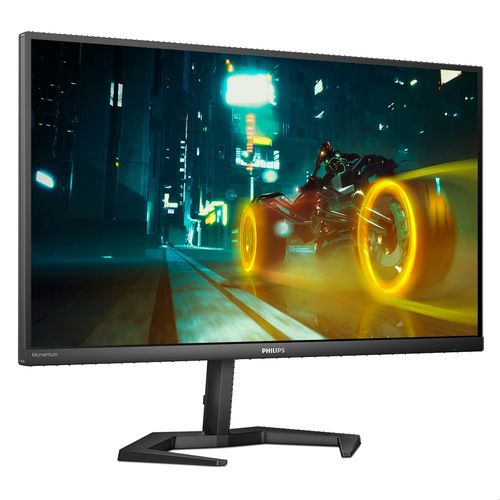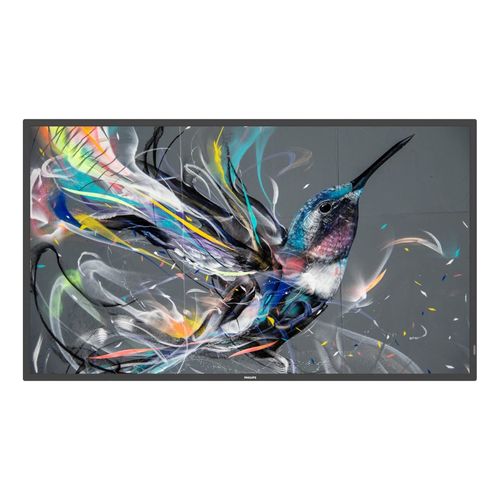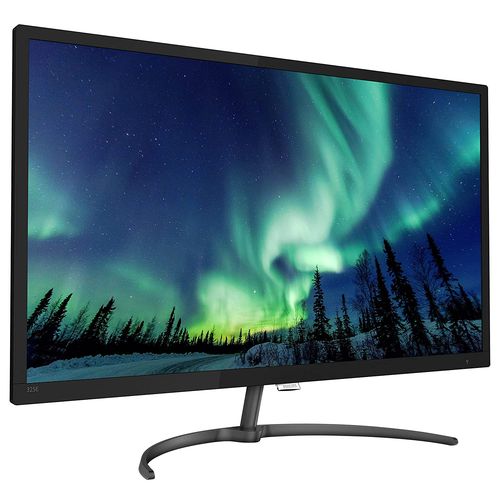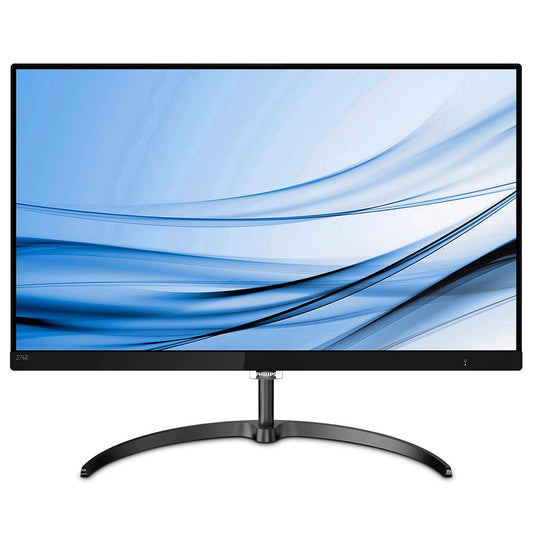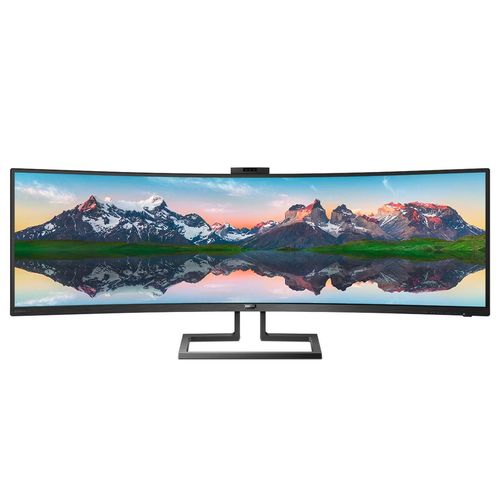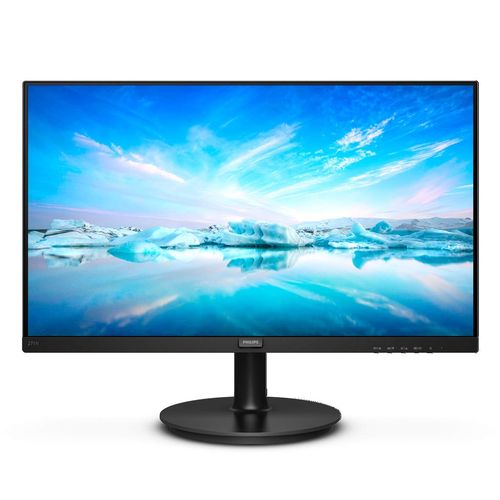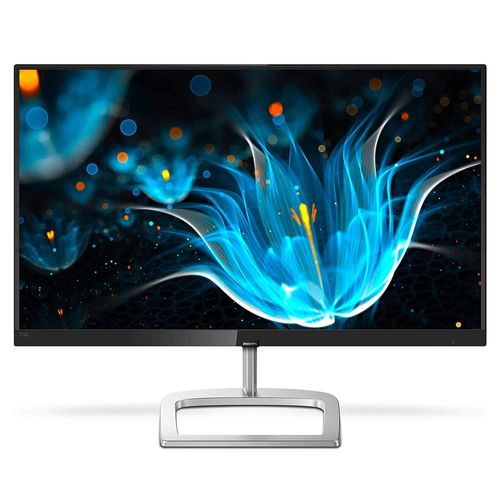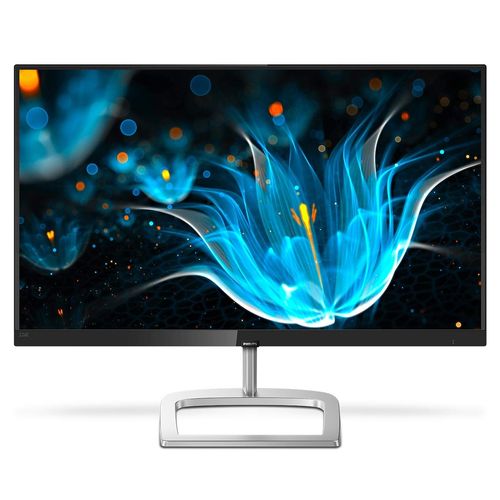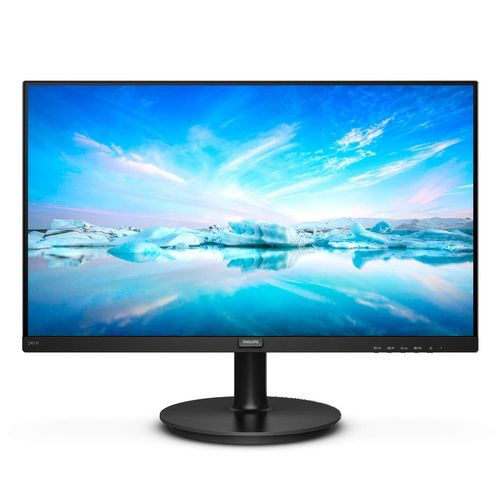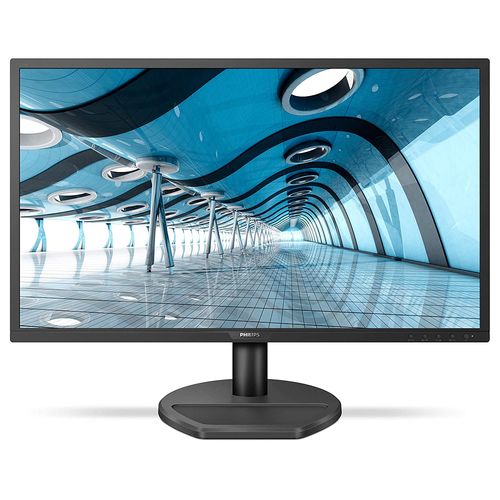PHILIPS 27M1N3200ZA/94 27 Inch FHD 165Hz IPS Panel 1MS 122%SRGB AMD Free Sync Gaming Monitor
Rs. 34,990.00
Rs. 52,485.00
PHILIPS 32BDL3350Q/94 32 Inch FHD 60Hz Advance ADS Panel Smart Monitor
Rs. 63,000.00
Rs. 94,500.00
PHILIPS 325E8/94 32 Inch 2K 75Hz IPS Panel 5MS AMD Free Sync Gaming Monitor
Rs. 21,494.00
Rs. 41,990.00
PHILIPS 276E8VJSB/94 27 Inch 4K 60Hz IPS Panel 5MS 109%SRGB AMD Free Sync Business Monitor
Rs. 24,898.00
Rs. 25,550.00
PHILIPS Brilliance 499P9H1/75 49 Inch QHD 70Hz VA Panel 121%SRGB 5MS Gaming Monitor
Rs. 106,000.00
Rs. 179,999.00
PHILIPS 193V5LSB2/94 19 Inch HD 60Hz TN Panel 5MS AMD Free Sync Gaming Monitor
Rs. 6,075.00
Rs. 9,900.00
PHILIPS 271V8/94 27 Inch FHD 75Hz IPS Panel 4MS AMD Free Sync Gaming Monitor
Rs. 11,700.00
Rs. 22,990.00
PHILIPS 276E9QJAB/94 27 Inch FHD 75 Hz IPS Panel 4MS 124%SRGB AMD Free Sync Gaming Monitor
Rs. 13,568.00
Rs. 23,000.00
PHILIPS 241B7QPJKEB/94 24 Inch FHD 60Hz IPS Panel 5MS AMD Free Sync Gaming Monitor
Rs. 16,100.00
Rs. 27,990.00
PHILIPS 246E9QJAB/94 24 Inch FHD 75Hz IPS Panel 4MS 129%SRGB AMD Free Sync Gaming Monitor
Rs. 11,500.00
Rs. 16,750.00
PHILIPS 226E9QHAB/94 22 Inch FHD 75Hz IPS Panel 4MS AMD Free Sync Gaming Monitor
Rs. 9,900.00
Rs. 15,290.00
PHILIPS 222V8LA/94 22 Inch FHD 75Hz VA Panel 4MS AMD Free Sync Gaming Monitor
Rs. 7,994.00
Rs. 13,890.00
PHILIPS 223V5LHSB2/94 22 Inch FHD 60Hz TN Panel 5MS AMD Free Sync Gaming Monitor
Rs. 7,096.00
Rs. 13,090.00
PHILIPS 221S8LHSB/94 22 Inch FHD 60Hz TN Panel 1MS AMD Free Sync Gaming Monitor
Rs. 8,300.00
Rs. 11,990.00

